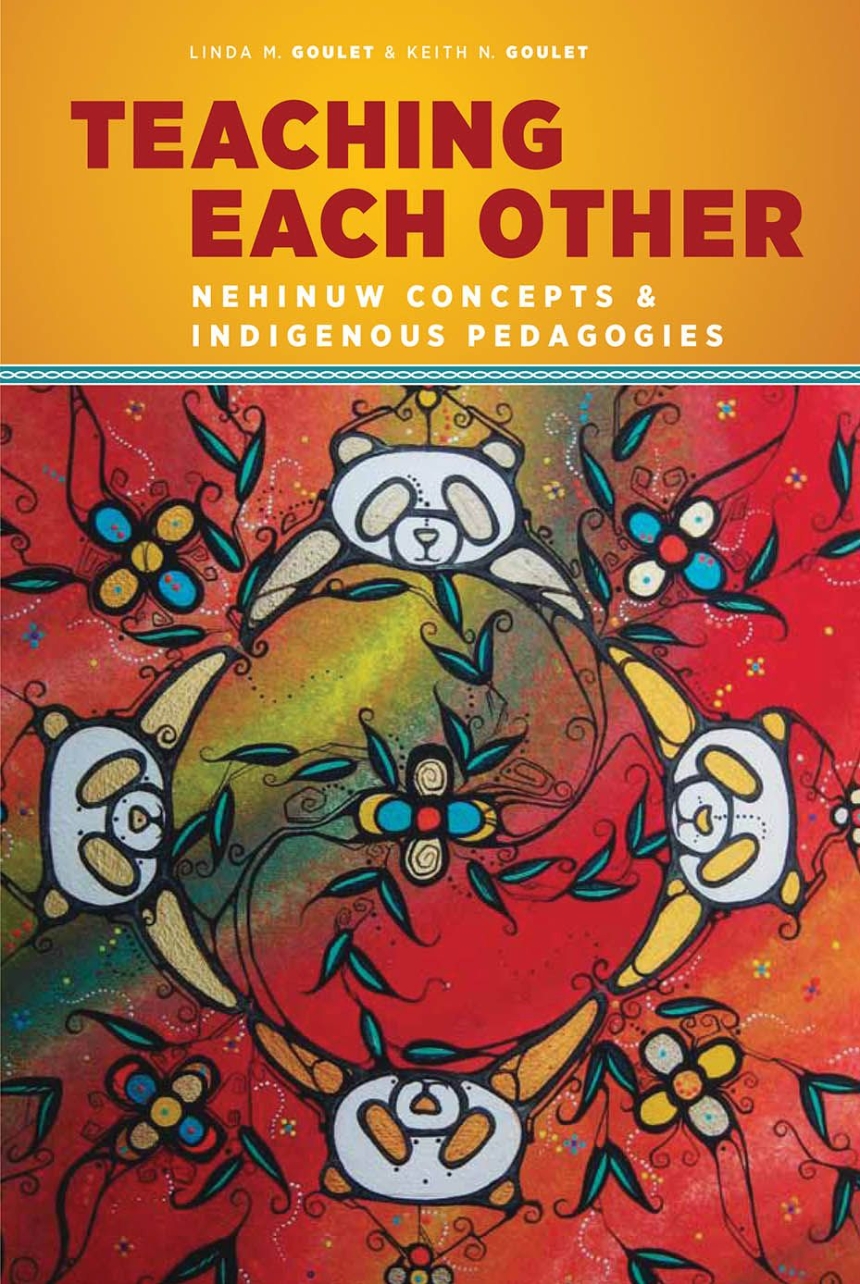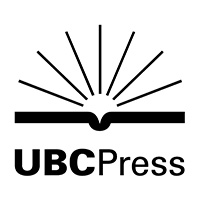Distributed for University of British Columbia Press
Teaching Each Other
Nehinuw Concepts and Indigenous Pedagogies
256 pages | © 2014
Table of Contents
1 Where We Are in Indigenous Education
2 Where We’ve Been: Sociohistorical Realities
3 What to Build Upon: Sociocultural Strengths
4 How to Get There: Conceptualizing Effective Teaching
5 Weechihitowin, Helping and Supporting Relationships: The Foundation
6 Weetutoskemitowin, Working Together: Social Systems
7 Iseechigehina, Planned Actions: Connection to the Process
8 Weechiseechigemitowin, Strategic Alliances: Connection to the Content
9 Breaking Trail: Stories Outside the (Classroom) Box
10 Ininee mamitoneneetumowin, Indigenous Thinking: Emerging Theory of Indigenous Education
Appendix 1: Cree orthographic chart
Appendix 2: Model of effective teaching for Indigenous students: Categories, subcategories, and attributes
Notes; References; Index

